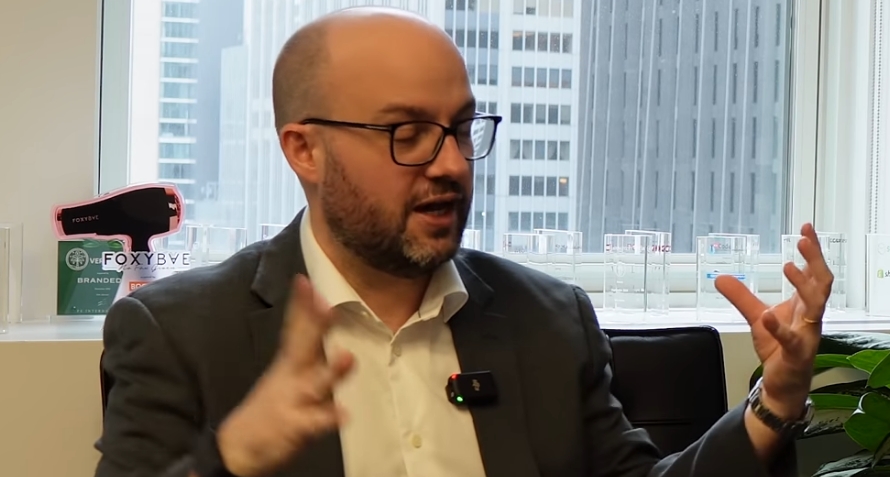Jent Wala’s Inspiring Journey to Financial Freedom
Jent Wala, a licensed marriage and family therapist turned wealth coach, is changing lives by helping high-achieving women master their finances. Through her thriving online education business, Jent has not only transformed her own financial situation but also empowered countless others to achieve financial independence.
Overcoming Debt and Heartbreak
Jent’s story begins with a staggering $94,000 in debt, compounded by personal tragedies that tested her resilience. At just 23, she went through a painful divorce, and shortly after, lost her father. These life-altering events left her feeling lost, both emotionally and financially.
“I looked okay on the outside, but inside, I was crumbling,” Jent recalls. At the time, she was also in graduate school, taking on more loans than she needed and accumulating credit card debt. By 2017, her net worth was negative, and she found herself at a crossroads.
Determined to change her circumstances, Jent began educating herself on financial literacy. She took bold steps, such as selling her possessions, moving in with a friend, and applying for higher-paying jobs. Her efforts paid off, and by the end of 2017, she had tripled her income and started chipping away at her debt.
Building a Purposeful Business
Jent’s journey of financial recovery laid the foundation for her current business. Using her background in psychology, she created an online education platform aimed at helping women manage their money better, pay off debt, and achieve financial freedom.
“Effortless sales come down to being a great listener and understanding people’s pain points,” Jent explains. Her business model is built on genuine connection and trust, allowing her to serve her clients effectively while also creating a sustainable income stream.
To date, Jent’s business has generated nearly $100,000 in revenue, proving that her approach works. “Proving a business model is tough, but it’s exciting to see the results,” she says.
Weathering Life’s Challenges
While building her business, Jent faced yet another challenge when her husband suffered a life-threatening hemorrhagic stroke. The experience was a stark reminder of how unpredictable life can be. However, thanks to the flexibility of her business, Jent was able to manage the crisis without financial strain.
“This experience reinforced why I do what I do,” Jent says. “I want others to have the tools to handle life’s challenges without added financial stress.”
Empowering Others Through Financial Literacy
Jent’s work extends beyond her business. Her mission is to equip women with the knowledge and skills to achieve financial independence, regardless of their starting point. By sharing her own story, she inspires others to believe in their ability to turn their lives around.
Through her programs, Jent teaches her clients to:
- Stop impulse spending.
- Pay off debt.
- Build financial foundations for long-term success.
Her clients’ success stories speak volumes, with many achieving life-changing results under her guidance.
Lessons for Emerging Entrepreneurs
Jent’s advice to aspiring entrepreneurs is simple but powerful: “Serve your clients well, and they’ll spread the word about you. Focus on building trust and delivering value.”
She also emphasizes the importance of pushing past self-doubt. “It doesn’t matter what people think. If you want to help others, you need to put yourself out there.”
Conclusion
Jent Wala’s story is a testament to the power of resilience, education, and purpose-driven work. From paying off $94,000 in debt to running a six-figure business, she has shown that it’s possible to turn adversity into opportunity. Her journey inspires others to take control of their finances and build a life they love.
If you’re ready to create your own legacy business, Jent invites you to start with her free ebook: 10 Steps to Scale Your Skill Set and 10x Your Impact. Click the link below to begin your journey to financial freedom.
https://www.afrikreate.com/wp-content/uploads/2025/01/SunnyD-Optin-Funnel-PDF-Print.pdf









